You can find 3D models here: https://grabcad.com/thmjpr/projects
You can find source code here: https://gitlab.com/thmjpr/Air_Quality/
Schematics: https://cdn.hackaday.io/files/21912937483008/Air_Quality_Schematics_.pdf
Full PDF report: https://cdn.hackaday.io/files/21912937483008/Thomas_Portable_Air_Quality.pdf
 Thomas
Thomas

 STM32L476 has a lower limit of 1.62 to 2.4V:
STM32L476 has a lower limit of 1.62 to 2.4V:

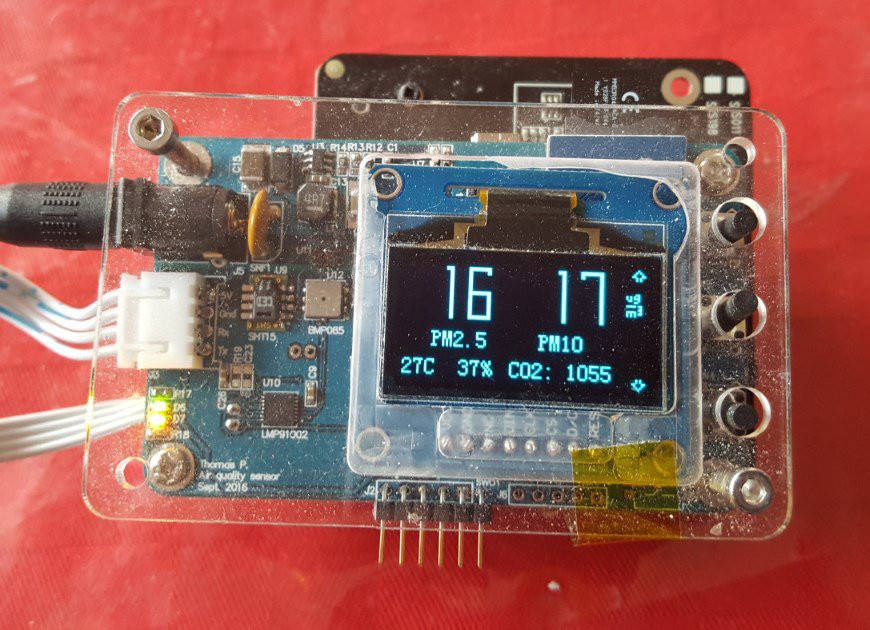


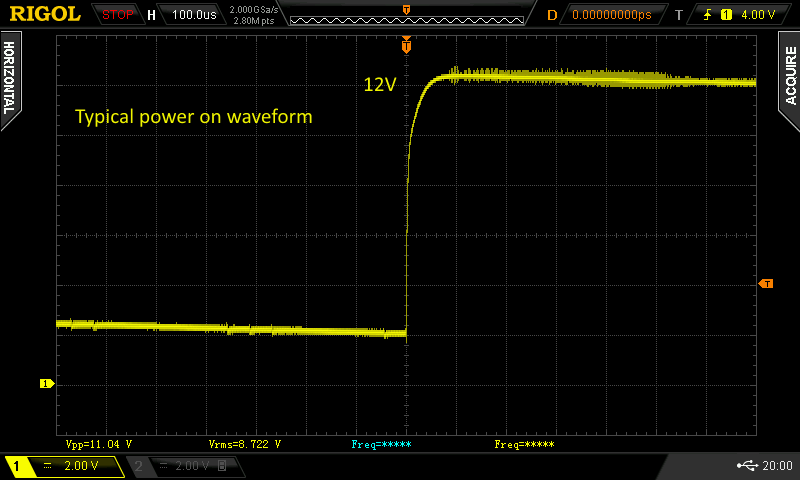
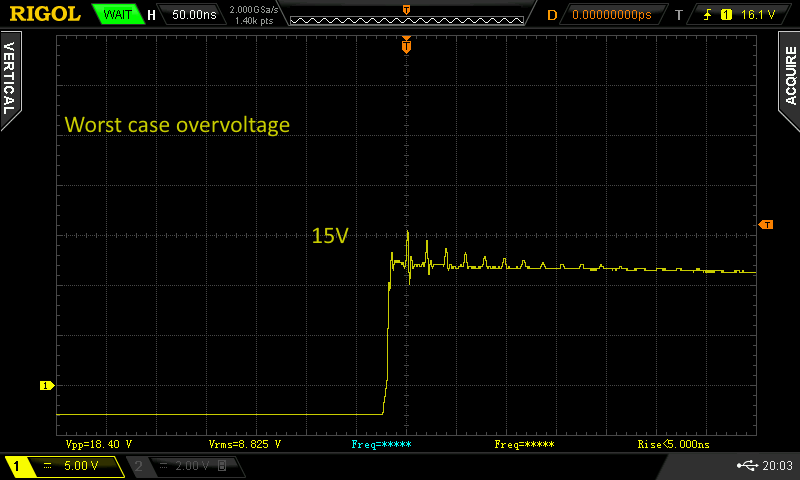

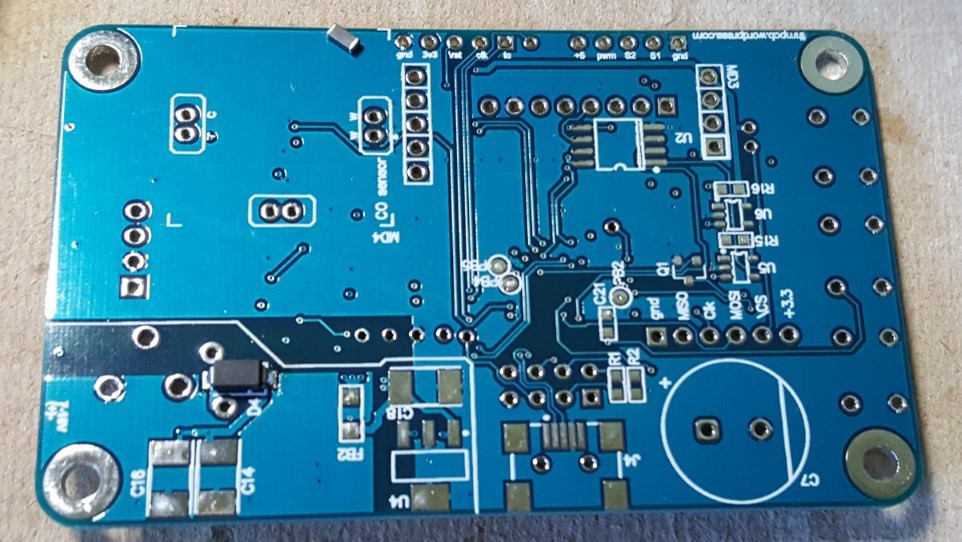


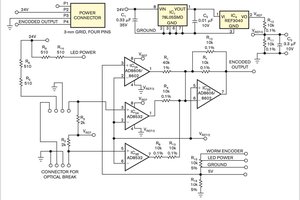

 helge
helge
 numero_trey
numero_trey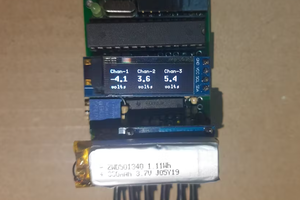
 Dr.Stone
Dr.Stone
hello!!can you send me private messages i need discuss somthing i need yyour help